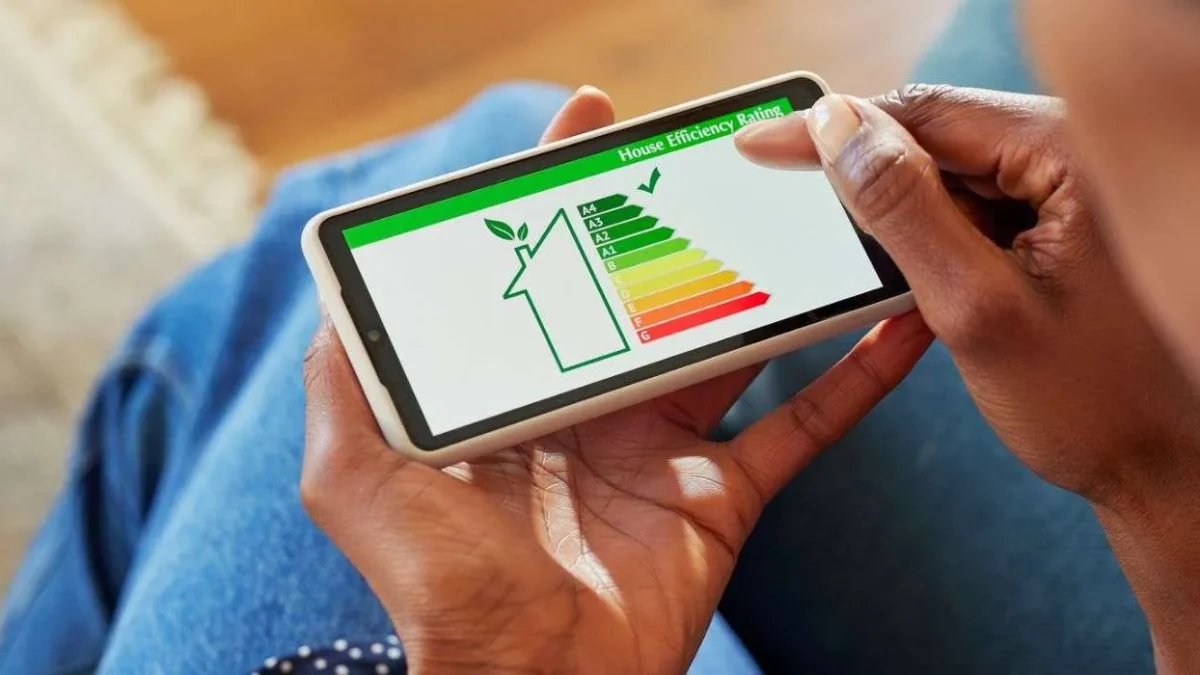World Energy Efficiency Day, a review of our Law
March 7, 2024
By Luis Gutiérrez, academic and researcher at the Energy Transition Center (CENTRA) of the Faculty of Engineering and Sciences UAI, and SERC Chile.
Every March 5 we celebrate World Energy Efficiency Day, an instance to reflect on the rational and efficient use of energy, and the necessary transition to energy systems with high participation of renewable energies, with emphasis on those non-conventional (NCRE, mainly solar and wind). In this sense, the development in Chile has been remarkable, going from having practically no such sources a decade ago, to a current representation of 44% in the national electricity generation matrix, where the generation from NCRE was 43% in January 2024, setting a record of 94% renewable for one hour (including hydro).
This trend is promising, however, energy efficiency seems to receive less attention. It is somewhat strange considering that this measure apart from helping to reduce polluting emissions can also generate significant savings to different types of consumers, industrial, commercial and residential.
Since 2021 Chile has had an Energy Efficiency Law (Law 21305) with the purpose of articulating efforts to achieve carbon neutrality by 2050, where 35% of greenhouse gas reductions are expected to come from this measure. Likewise, the Law establishes that the Ministry must generate a National Energy Efficiency Plan every 5 years that will address aspects of residential energy efficiency and in the productive sectors, education and training in energy efficiency.
Regarding large energy consumers, which account for around 40% of the national energy consumption, the Law establishes that those that exceed 50 TCal/year (declared as “Consumers with Energy Management Capacity” and listed by decree) must incorporate an Energy Manager to lead the implementation of an energy management system and report their consumption annually for the preparation of a public report by the Ministry.
In the residential, commercial and public buildings sector, which account for approximately a quarter of national energy consumption, the Law requires a label that reports on the energy efficiency level of new constructions, similar to the labels we know for appliances. The Ministry expects that with this measure new constructions will consume 30% less thermal energy by 2026 compared to 2021. Similarly, for the transportation sector, which is responsible for a third of national energy consumption, importers are required to provide this type of labeling on new vehicles, reporting their performance in kilometers per liter. By establishing minimum standards for brands, the performance of light vehicles is expected to double by 2035 compared to 2019. In addition, brand importers will be able to count up to 3 times the equivalent performance of zero-emission vehicles to meet the target, which is expected to encourage electromobility.
Finally, Lord Kelvin’s famous phrase “what cannot be measured, cannot be improved” highlights the need to advance in the adoption of smart energy meters, a key tool in the energy transition that allows us to monitor and manage our consumption and enables hourly and flexible tariffs, among other things, thus promoting the efficient use of energy and the best use of renewable energy.
See column in Science in Chile

